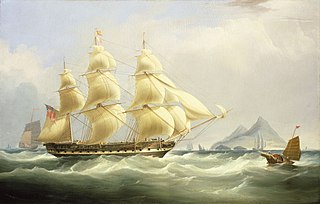Citations and references
Citations
- ↑ House (1814), p.198.
- ↑ British Library: Marquis of Wellington (1).
References
- House of Commons, Parliament, Great Britain (1814), Minutes of the Evidence Taken Before the Select Committee on Petitions Relating to East-India-Built Shipping. (H.M. Stationery Office)


